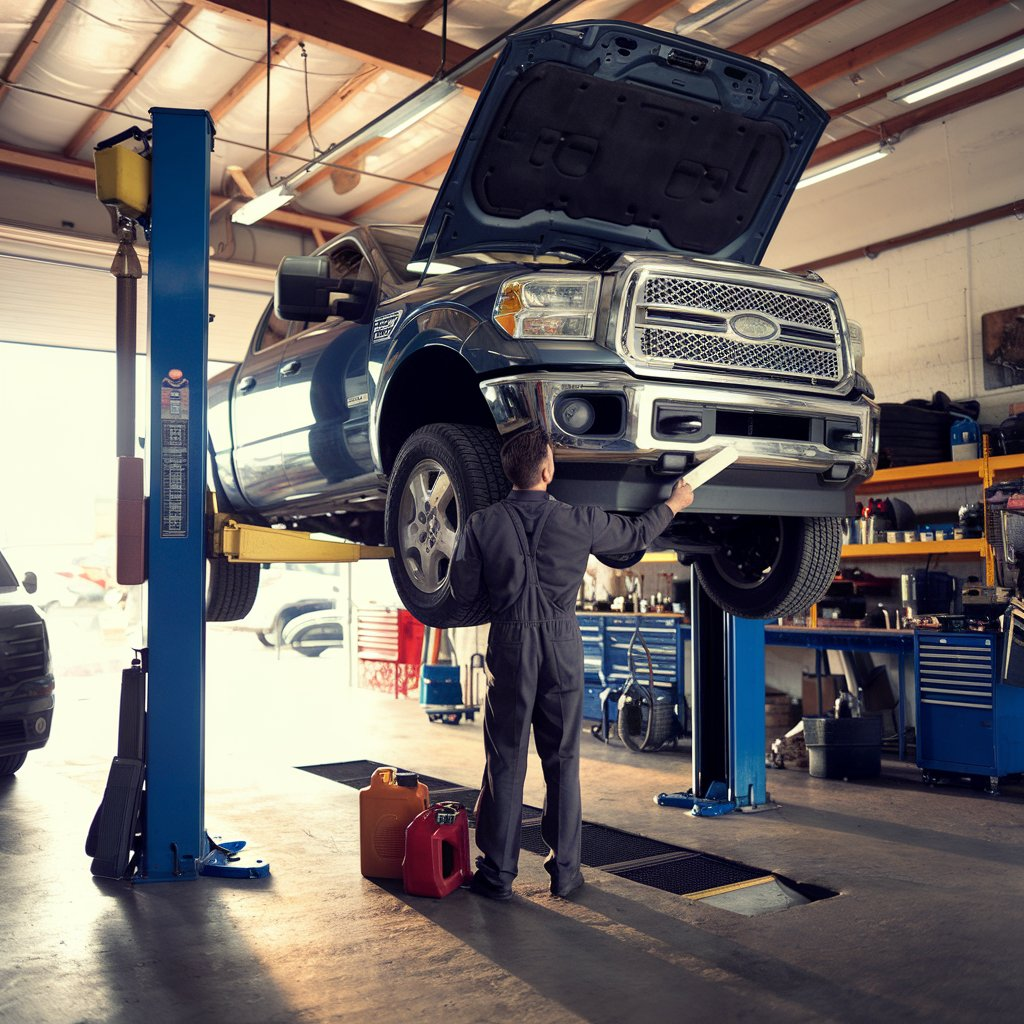
Changing your vehicle’s oil is one of the most important things you can do to maintain the health of your car. Regular oil changes can help to prolong the life of your engine and keep it running smoothly. While it may seem daunting at first, changing your own oil is actually a relatively simple process that can save you money in the long run. In this post, we’ll walk you through the steps of changing your vehicle’s oil, from start to finish.
Step 1: Gather Your Supplies
Before you begin, you’ll need to gather all of the necessary supplies. You’ll need a new oil filter, a new oil drain plug gasket (if necessary), and several quarts of the correct type of oil for your vehicle. You’ll also need a few basic tools, including a wrench, a drain pan, and a funnel.
Step 2: Locate the Oil Filter and Drain Plug
The first step in changing your oil is to locate the oil filter and drain plug on your vehicle. These are typically located near the bottom of the engine and can be found in the owner’s manual or by consulting the dealership.
Step 3: Drain the Old Oil
Once you’ve located the drain plug, use a wrench to remove it and allow the old oil to drain into a drain pan. Be sure to keep the pan underneath the drain plug to catch any oil that may drip out. It’s best to let the oil drain completely before moving on to the next step.
Step 4: Replace the Drain Plug Gasket
If necessary, replace the drain plug gasket with a new one before re-installing the drain plug. This will ensure that the plug is properly sealed and will prevent any oil leaks.
Step 5: Replace the Oil Filter
Remove the old oil filter and replace it with a new one. Be sure to use the correct oil filter for your vehicle and to follow the instructions on the filter package.
Step 6: Add New Oil
Once the old oil has been drained and the filter has been replaced, it’s time to add new oil to your engine. Use a funnel to pour the new oil into the engine, being careful not to overfill. You should use the recommended amount of oil for your vehicle, which can be found in the owner’s manual or by consulting the dealership.
Step 7: Check for Leaks
Once you’ve finished adding the new oil, start the engine and let it run for a few minutes. Check for any leaks around the drain plug and oil filter. If there are no leaks, you’re good to go!
Step 8: Dispose of Old Oil
Once you’ve finished changing your oil, be sure to properly dispose of the old oil. Many auto parts stores and service centers will take used oil for recycling.
Changing your own oil may seem daunting at first, but with a little practice and the right supplies, it’s a simple process that can save you money in the long run. By following these steps, you can ensure that your vehicle’s engine is running smoothly and prolong its life.”
Note that this is a sample article and it is recommended that you consult your vehicle’s owner manual or consult with a professional before attempting to change your oil, as the steps may vary depending on the make and model of your vehicle.
The articles provided serve informational purposes exclusively and do not constitute professional advice. Individuals acting upon this information do so at their own risk. Please consult with your local mechanic or schedule an inspection.


